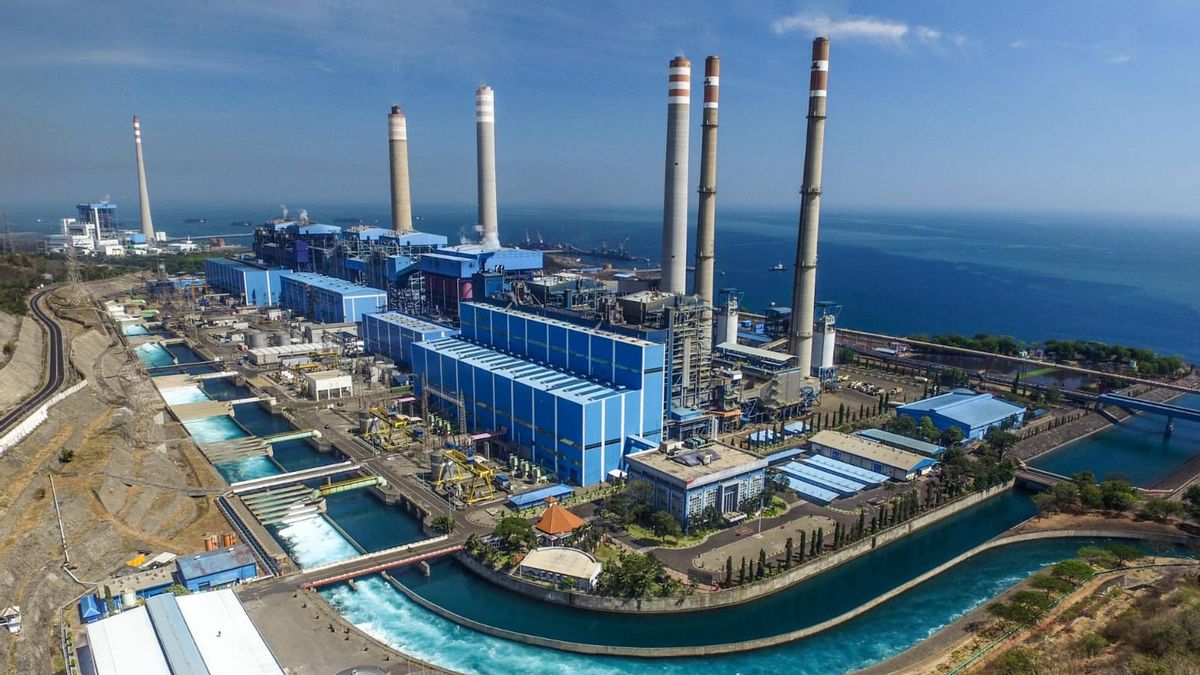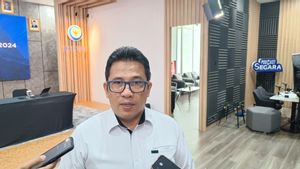PT PLN (Persero) revealed its short-term plan to gradually retire Steam Power Plants (PLTU). However, during the energy transition period, PLN used cofiring technology at PLTU as an effort to suppress the use of coal.
PLN's Director of Transmission and System Planning Evy Haryadi explained that currently PLN has implemented cofiring technology at 33 PLTUs. Meanwhile, in the next two to three years, PLN will add more of this cofiring technology at 48 PLTUs.
From the application of this technology, Evy revealed that he has produced 653 GWh of clean energy.
"Until now, PLN has been able to produce 653 GWh of clean energy produced from biomass, so through this technology PLN is able to reduce carbon emissions to 656 thousand tons of CO2," Evy said at the Climate Change Conference (COP 27) at Sharm El Sheikh, Egypt, Monday, November 7.
Evy said that this cofiring technology was carried out by PLN not only reducing emissions but also empowering the community.
He said the cofiring technology also invites the public to be actively involved in planting biomass plants and some even manage household waste in the region to be used as pellets for the raw material for cofiring so as to increase the economic growth of the local community.
In one year, Evy continued, PLN needs 10 million tons of biomass to be able to implement this technology in PLTU. This amount is equivalent to 12 percent of the composition of biomass at one PLTU. The hope is that with this step PLN can reduce carbon emissions to 1.1 million tons of CO2 per year.
The challenge going forward, said Evy, is to ensure that the supply of biomass for cofiring technology is sufficient. To be able to secure supply so far, PLN has secured cooperation agreements with three SOEs, namely PT Perhutani, PT Perkebunan Nusantara and PT Sang Hyang Seri.
"We are also working with all local governments to be able to process city waste to become jumputan so that it can become raw material for biomass," said Evy.
The government does not remain silent in supporting PLN's plan. Deputy for Environmental and Forestry Management of the Coordinating Ministry for Maritime Affairs and Investment, Nani Hendarti explained that the steps taken by PLN were in line with the Indonesian government's goal of reducing carbon emissions.
Nani explained that to be able to develop this technology, the Indonesian government encourages the development of energy forests by utilizing idle land so that energy plants can be planted. In addition, the government also encourages regional stakeholders to be able to manage city waste to become biomass and supply it to PLN.
"The challenge going forward is to ensure that this supply of biomass is sufficient for PLTU PLN. We are currently coordinating across ministries to be able to make legal rules and umbrellas so that this scheme runs well and with economical raw materials," concluded Nani.
The English, Chinese, Japanese, Arabic, and French versions are automatically generated by the AI. So there may still be inaccuracies in translating, please always see Indonesian as our main language. (system supported by DigitalSiber.id)













